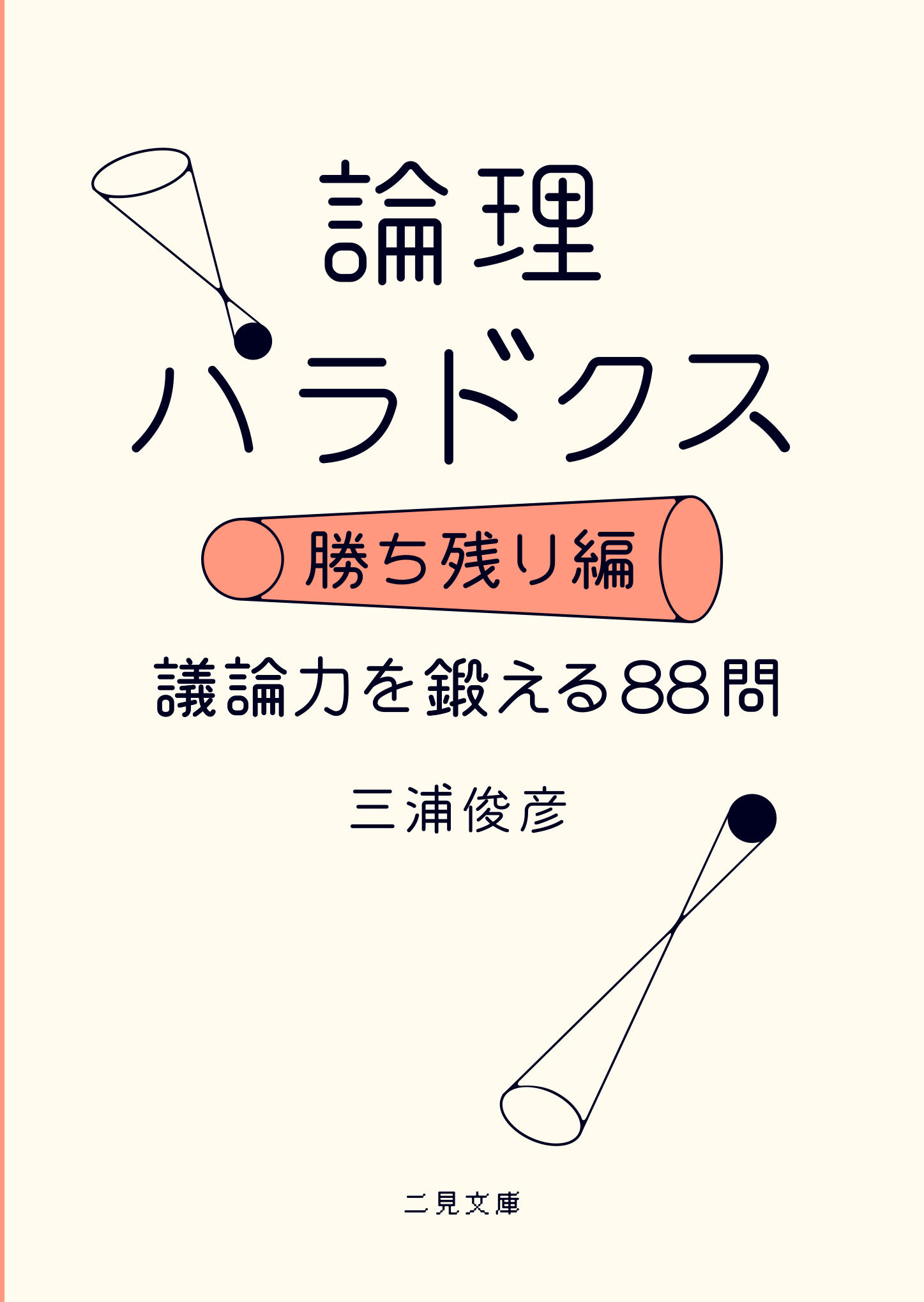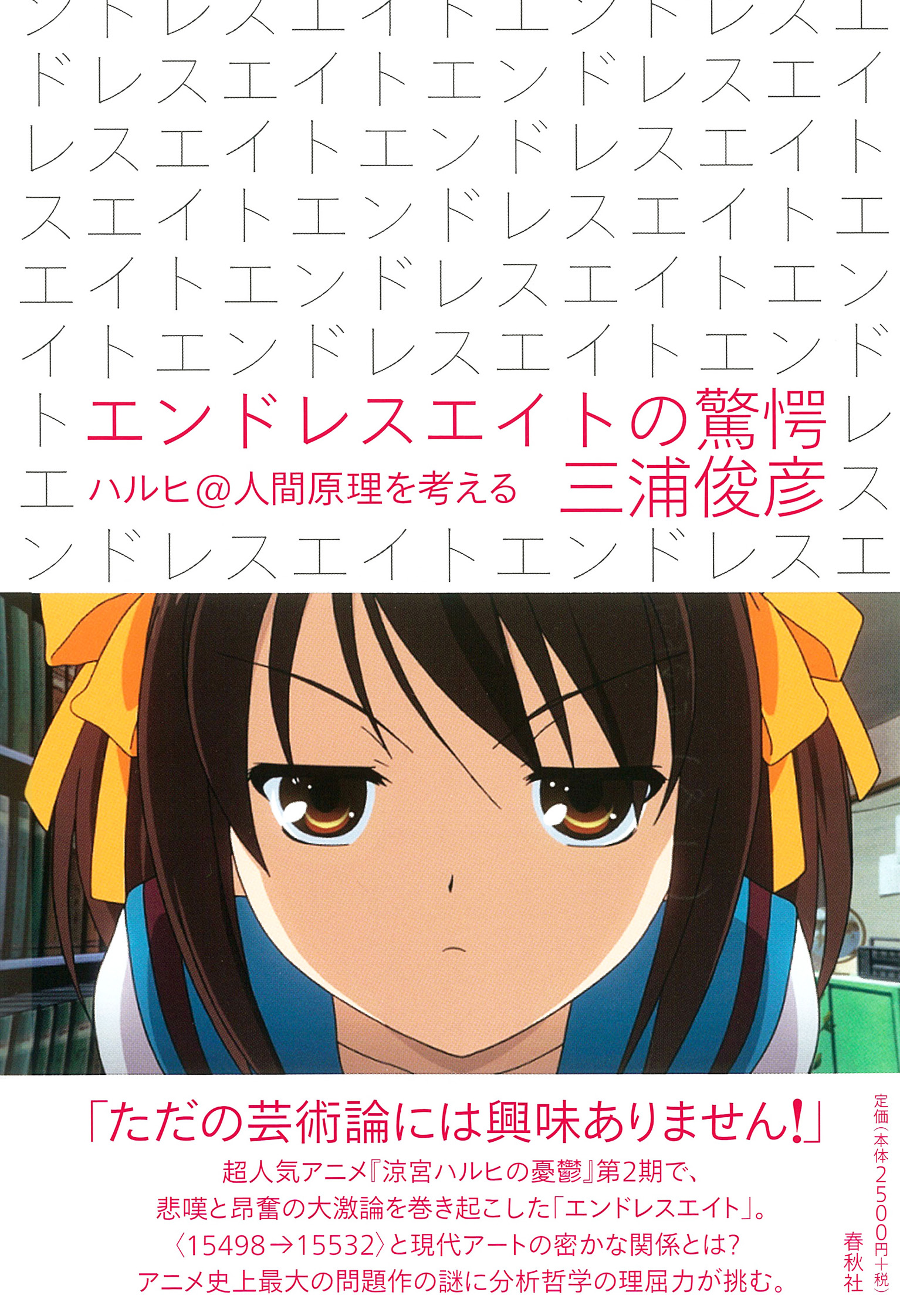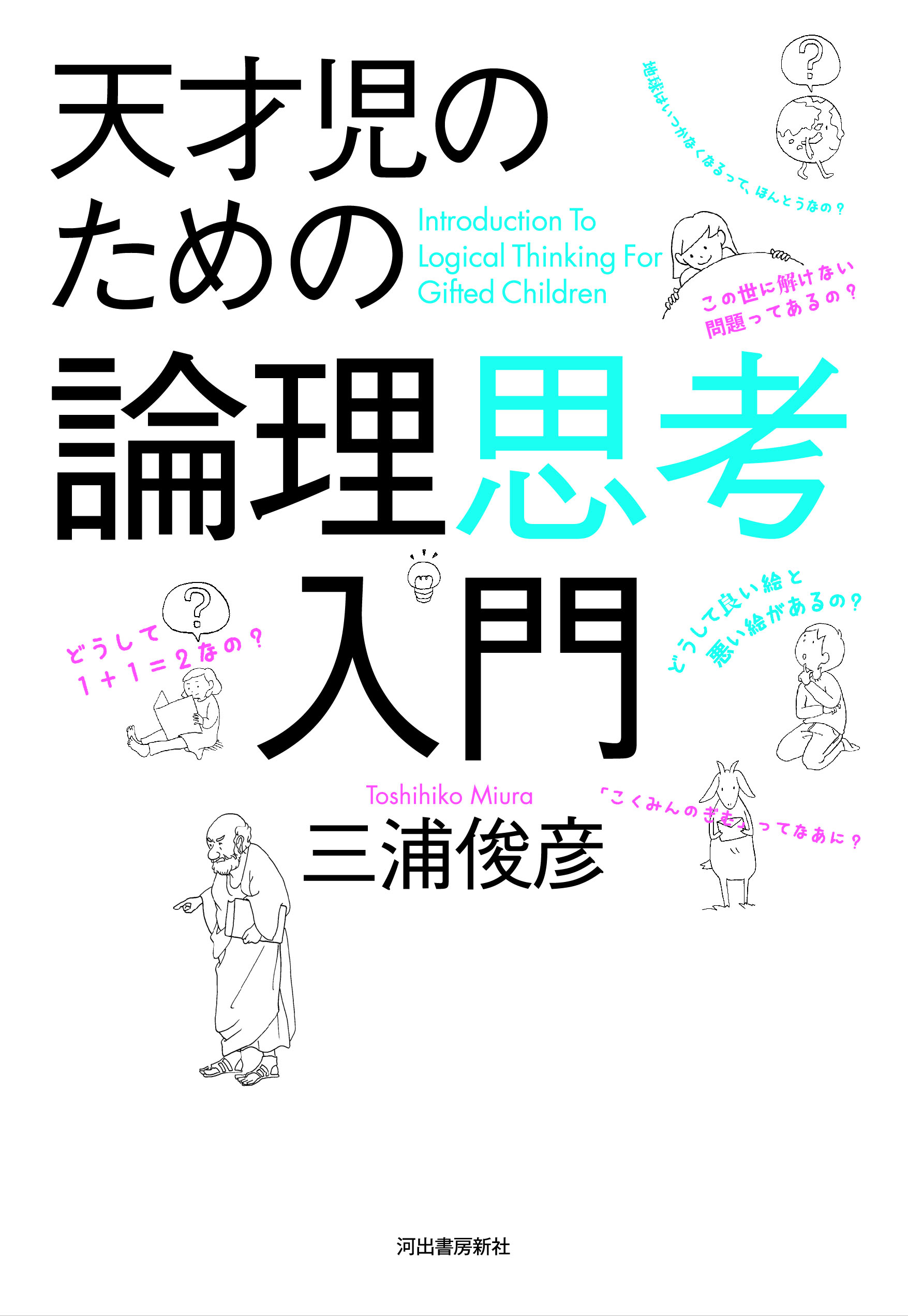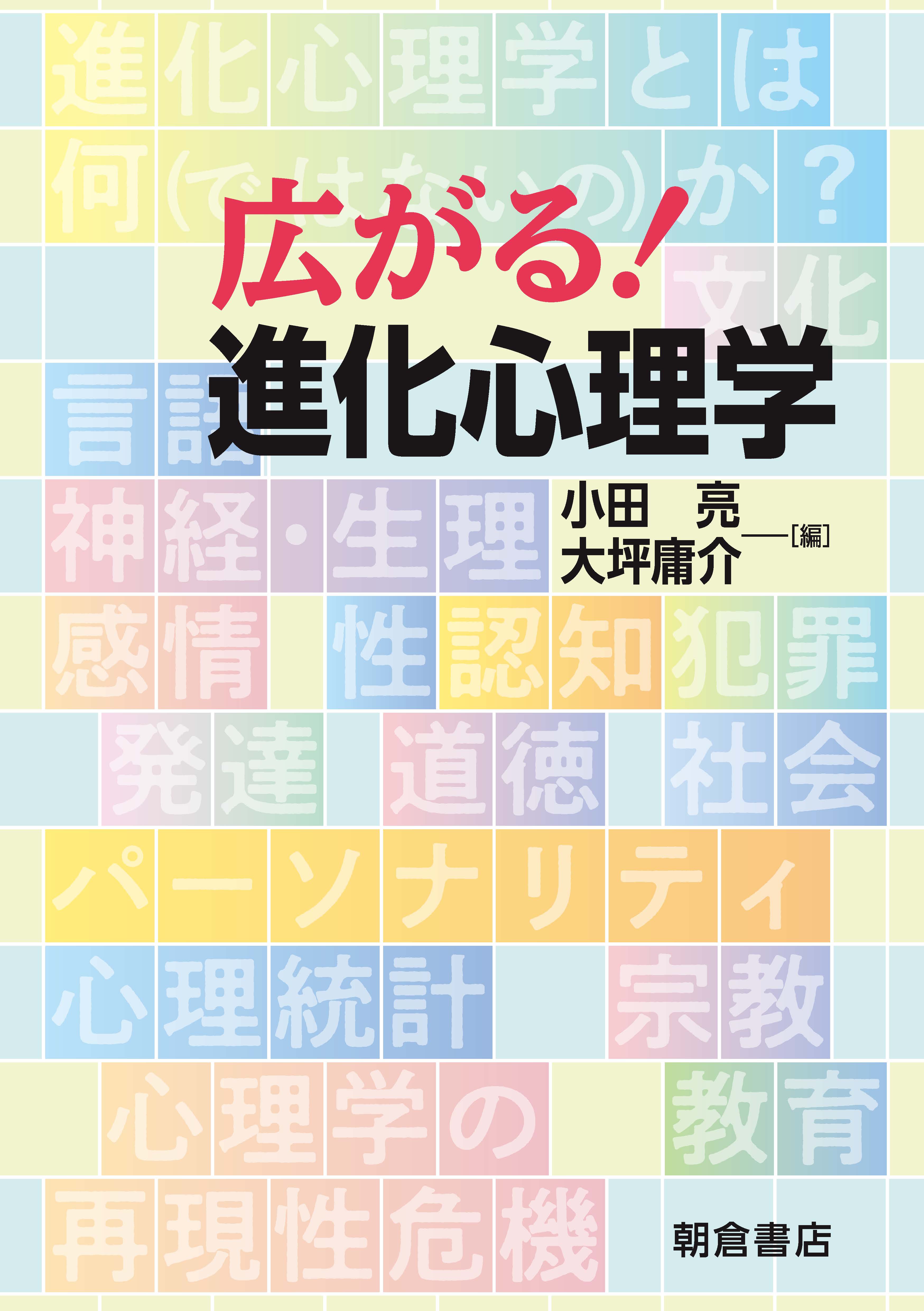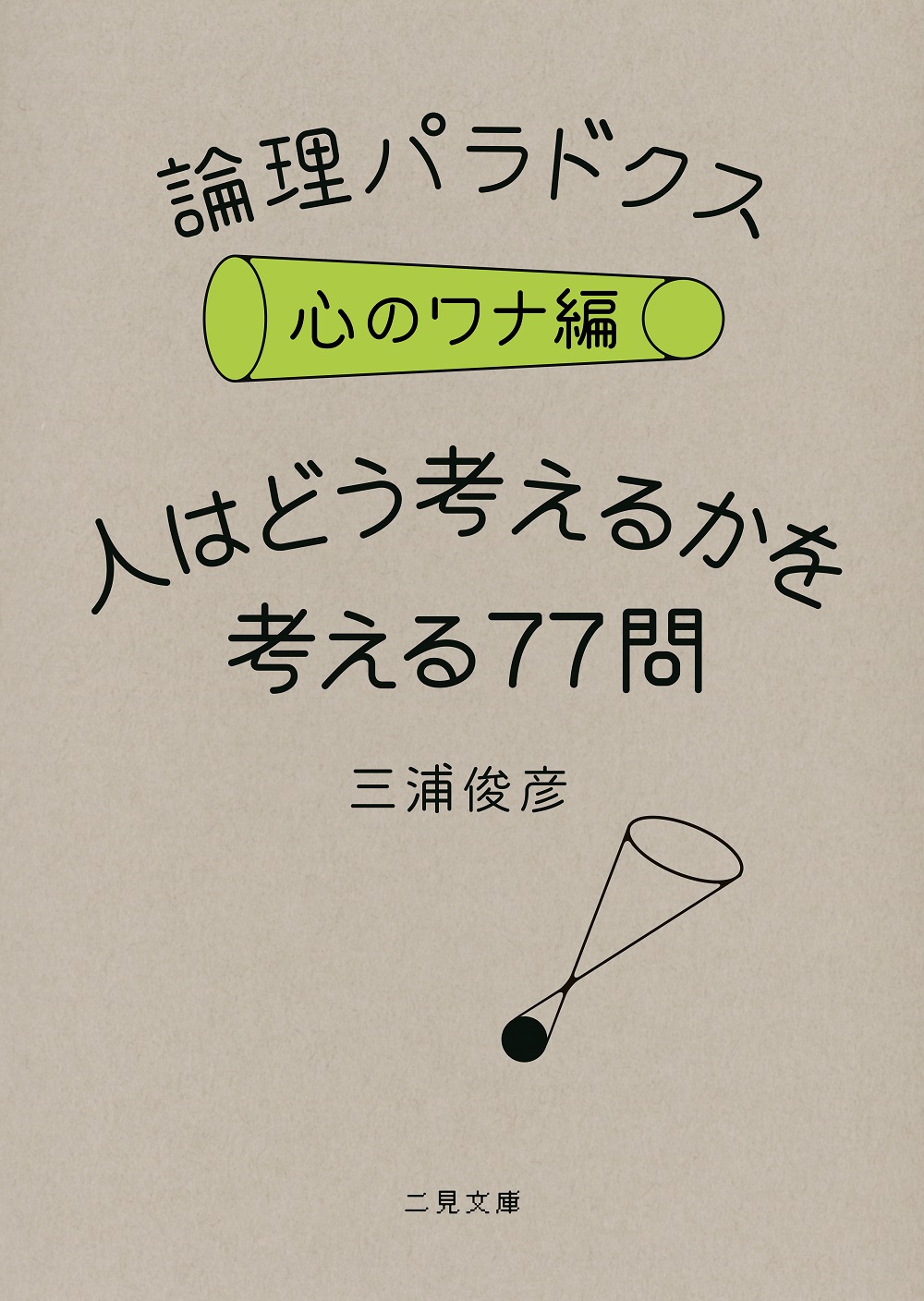
Title
Ronri-Paradokusu / Kokoro-no-wana-hen (Logical paradox: Mental Traps - 77 Problems for thinking about how people think)
Size
217 pages, paperback
Language
Japanese
Released
March 01, 2019
ISBN
9784576190341
Published by
Futami Shobo Publishing
Book Info
See Book Availability at Library
Japanese Page
Sometimes it is said that asking questions is more important than answering them. Although it may involve some lessons, I feel that it can encourage laziness. In most cases, it is much more difficult to find an answer than to form a question, and the very act of trying to find the right answer might yield a significant new question.
However, even when we talk about “getting the correct answer,” sometimes we have to guess not only the correct answer but also the “answers that are generally considered as correct.” What is the right answer for the majority? It is important to understand the way the majority thinks, to not only see things from their perspective and get along with them but also to successfully resist pressure to conform.
This book is a collection of “problems in which a vast majority of people make certain mistakes.”
These mistakes include a tendency for misperceptions when judging probability (Chapter 7), a tendency to break the rules even when people intend to obey them (Question 09), and gender differences in making moral judgments (Question 53). Readers are asked to apply the “thought processes of the majority” that have been confirmed through mathematics education and psychological testing. This is apart from what the readers themselves believe.
Since our way of thinking is influenced by the times and the culture, it is somewhat difficult to identify what “the vast majority thinks.” Several problems included in this book are based on the results of evolutionary psychology, are rooted in the instinctive intuition (brain mechanisms) selected by survival strategies, and reflect the universal nature of humans as living organisms.
However, among these problems, there is an urban legend that is full of dubious elements. Each time I posed the “Allais’ paradox” (Question 45), which makes it easy to make an irrational choice contrary to the expected value, I found that the majority of respondents selected the expected value when I asked the question several times in my classes. This is probably because hearing that “most people make this mistake” makes a strong impression on them, and it is possible that once it is announced, it is amplified and transmitted.
Problems are mixed up when the path to guessing the right answer is not obvious to most people. All of these problems relate to “cognitive blind spots.” I also adopted several problems with hidden tricky questions. The pièce de résistance is the “zero-move tsumeshogi” (Problem 76) given to us by Naoki Yanase, known for his new interpretation of James Joyce’s Ulysses. It is a tricky puzzle, where the shogi diagram, which does not look like checkmate no matter which way you look at it, is in tsume already. Why is that? After revealing the surprising correct answer, I add my original problem, asking the scenario question, “What are the implicit conditions, not included in the rules of shogi, which are needed to recognize the correct answer?” It can be seen that Yanase, who was a shogi fan, hid the moral respect for the shogi player in the problem.
Each problem gives a taste of how the various mechanics of the human mind including the higher emotions such as respect and the lower physiological reactions such as blind spots and intuitions are entwined, and the way formal logic is deviated from or surpassed.
(Written by MIURA Toshihiko, Professor, Graduate School of Humanities and Sociology / 2019)



 Find a book
Find a book


